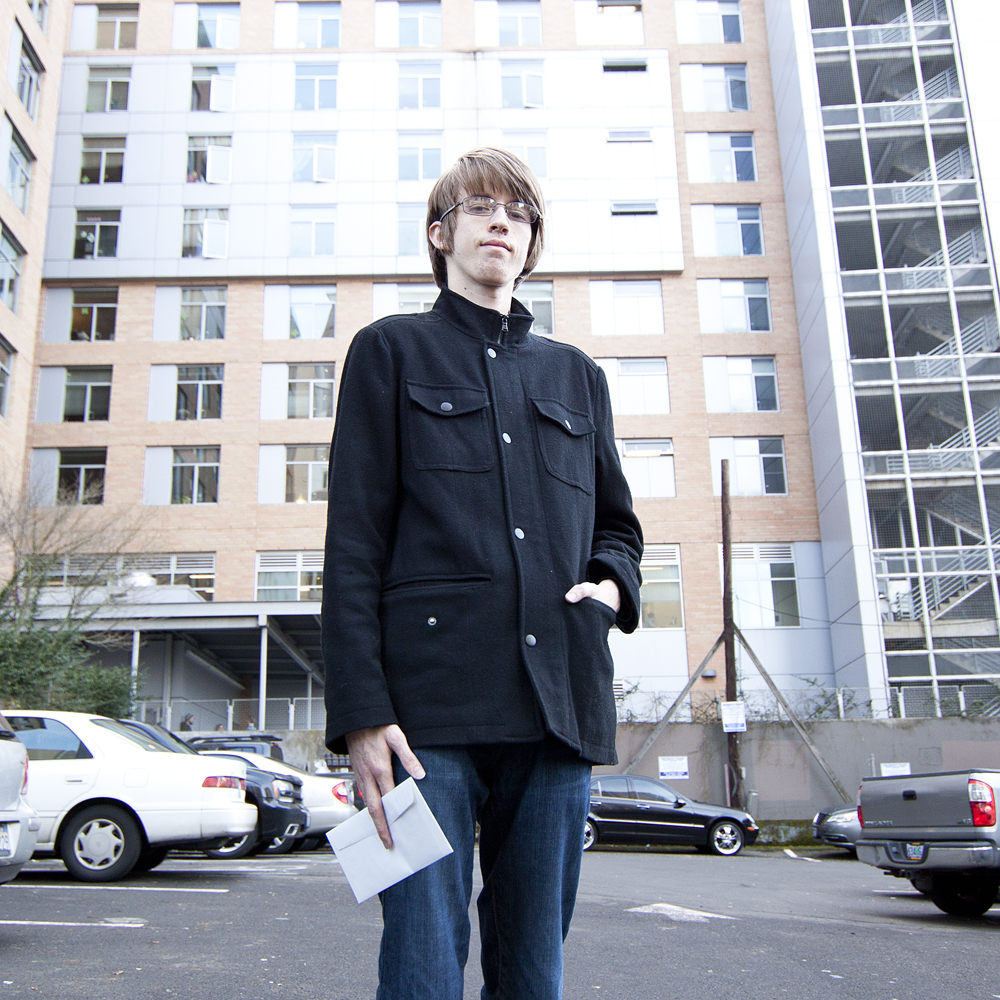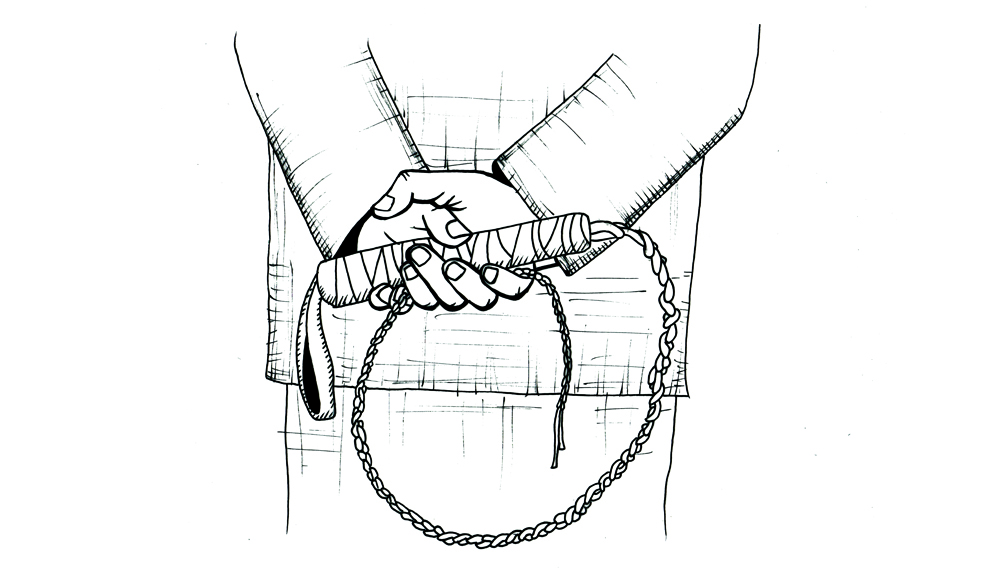TriMet’s favorite never-ending pet project, the Metropolitan Area Express (also known as the MAX), has been a fixture of the Portland metropolitan area since 1988. There must be a lot of train enthusiasts at TriMet, because what started as the east side Blue Line to Gresham has expanded to reach the Portland International Airport, Beaverton, Hillsboro, North Portland and Clackamas.
While construction is currently underway to build the newest line, the Orange Line to Milwaukie, there are some who don’t think light rail is the best choice for their city. For example, the citizens of Tigard are forcing a vote to stop light rail from being added without a vote of the citizens. This vote will be held in March.
To be fair, TriMet did a decent job during the recent Snowlandia incident. However, when the snow turned to ice and push came to shove, TriMet took the MAX offline and blamed the ice for freezing their equipment.
Why is it that MAX is so susceptible to equipment failure, resulting in the chipping of large swathes of their operation? A MAX train derailed at the 82nd station as recently as November 2013. This incident caused delays well into the evening, forcing commuters to find alternate routes to their destinations.
Then there was also the unfortunate pedestrian who, according to Northwest Cable News, was struck by the MAX on Dec. 22 and pinned underneath it. I’m sorry to sound so pessimistic but that line could just as easily have read “woman gets run over by MAX train.”
People will argue that TriMet’s focus on trains, which requires less of a human element than buses, increases safety. The woman who was run over by the MAX might beg to differ. Even if all MAX operators have to do is move the train forward and backward, the operation is still not idiot-proof.
I am sure most have heard the saying, “slow and steady wins the race.” This old saying definitely applies to the Snowlandia incident. With MAX apparently crippled by a quarter inch of ice, the bus system trudged on. Mind you, the buses are not invincible. There were some places they could not make it to. The 19 bus normally goes all the way to the Willamette National Cemetery, which is the resting place for many veterans. Bus service to the cemetery was suspended because of the snow.
TriMet’s buses actually did a nice job of ferrying passengers up and down the treacherous road to the Oregon Health and Science University during the storm, even if the buses were running up to an hour late.
Buses running at 25 mph with chains on are better than a train that does not run at all. It is evident to me that in times of crisis, such as the city falling prey to snow and ice, buses are a better option than trains. That is why I am disappointed that TriMet has thrown its lot in with trains rather than a more flexible and dynamic bus system.
The storm is proof positive that TriMet has bet on the wrong horse. It has bet on the horse that will get them the most federal transportation dollars. According to a TriMet press release, the federal government is footing half of the $1.5 billion cost of the new Portland-Milwaukie TriMet bridge—a bridge that will accommodate pedestrian and TriMet traffic only.
Congestion is bad enough with all these Johnny-come-lately out-of-towners breathing up all of my air, taking all the good part-time jobs and driving up the cost of rent, and TriMet thinks that it is so special that it gets its own bridge and does not have to share with the rest of us.
If you have had it up to here—at least waist high—with TriMet, then I encourage you to sound-off by sending a tweet @TriMet on Twitter, or by dialing (503) 238-RIDE (7433) and letting the person on the line know that you want to give their head honcho a piece of your mind.






